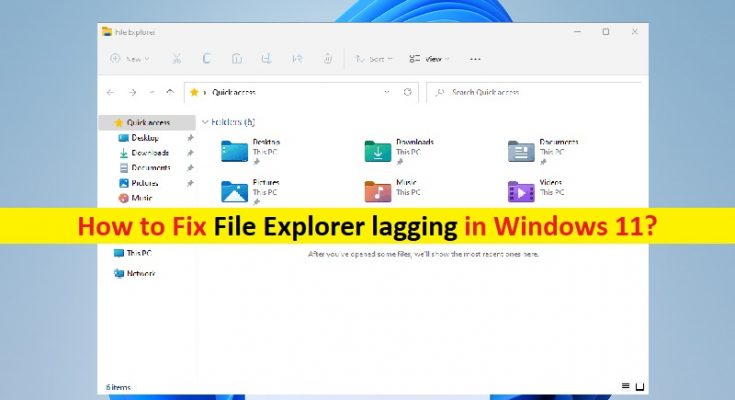What is ‘File Explorer lagging’ issue in Windows 11?
In this article, we are going to discuss on “How to fix File Explorer lagging Windows 11”. You will be guided with easy steps/methods to resolve the issue. Let’s starts the discussion.
‘File Explorer in Windows 11’: Windows Explorer or File Explorer app in Windows 11 is based on Windows UI Library (WinUI)s, which provides new styles and controls to rejuvenate the visuals and animation of applications for Windows 11. The new File Explorer doesn’t include tabs, but there are a lot of changes including a new modern interface, icons, redesigned context menu, and many other tweaks. File Explorer also ditches the ribbon-style menu in favour of a new command bar that has new icons including for copy, cut, paste, renames, share and delete, which interesting enough no longer labels.
However, several Windows 11 users reported they faced ‘File Explorer lagging Windows 11’ or ‘File Explorer lagging’ issue when they tried to access or use File Explorer app on their Windows 11 computer. This issue indicates File Explorer’s search bar takes too long to load your search results or doesn’t deliver search results at all. In sort, you are unable to open or use File Explorer app in your computer anymore for some reasons.
There could be several reasons behind the issue including the interference of other programs or background applications, malware or viruses infections in computer, and other reasons. Revamped File Explorer has caused a memory leak issue in Windows 11 which is occurred usually when the ap doesn’t release unnecessary RAM. Consequently, File Explorer’s RAM utilization can get very high, which causes lag.
The is the also believed to be the root cause of performance issues when using drag to select files, as well as using the arrow keys to navigates in specific folders. However, it is possible to fix the issue with our instructions. Let’s go for the solution.
How to fix File Explorer lagging Windows 11?
Method 1: Fix ‘File Explorer lagging in Windows 11’ with ‘PC Repair Tool’
‘PC Repair Tool’ is easy & quick way to find and fix BSOD errors, DLL errors, EXE errors, problems with programs/applications, malware or viruses issues, system files or registry issues and other system issues with just few clicks.
Method 2: Press File Explorer’s hotkey [F11]
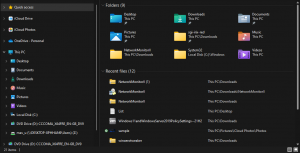
At first, you can try going full-screen with File Explorer instead of utilizing it in smaller window. To do so, you need to press File Explorer’s hot key ‘F11’. When you press this hot key, you will notice command bar is not visible in that mode. With the command bar cone, this issue can be resolved.
Method 3: Update Windows 11 OS
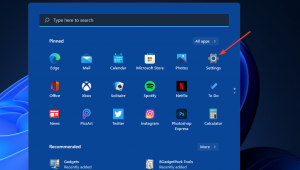
Updating Windows 11 OS to latest OS version can resolve the issue. Let’s try.
Step 1: Open ‘Settings’ App in Windows 11 via Windows Search Box and go to ‘Windows Update’ and click ‘Check for updates’ button
Step 2: Download and install all available updates in computer and once updated, restart your computer and check if the issue is resolved.
Method 4: Close Superfluous Apps and background processes
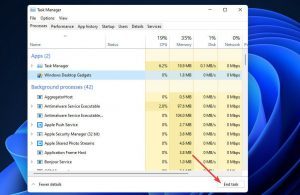
This issue can be occurred due to interfere of Superfluous apps and background apps/processes running in your computer. You can close such programs/processes in order to fix the issue.
Step 1: Open ‘Task Manager’ in Windows 11 via Windows Search Box and go to ‘Processes’ tab
Step 2: Find and right-click Superfluous apps and other background apps/processes under ‘Apps’, and select ‘End Task’ to close the processes Repeat the same step to close all background processes under ‘Background Processes’ section. Once done, restart File Explorer and check if it works for you.
Method 5: Kill File Explorer and then restart it
One possible way to fix the issue is to restart File Explorer in your computer.
Step 1: Open ‘Task Manager’ in Windows 11 and under ‘Processes’ tab, find and right-click on ‘Windows Explorer’
Step 2: Click ‘Restart’ option to restart it and check it works
Method 6: Disable ‘Quick Access’
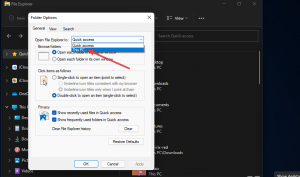
Step 1: Press the ‘Folder taskbar’ button for opening ‘File Explorer’ and click ‘See More’ button or ‘Three-Dots’ icon
Step 2: Select ‘Options’ on menu. Under ‘’Open File Explorer’ dropdown, select ‘This PC’ option, deselect ‘Show recently used files in Quick Access’ checkbox, deselect ‘Show frequently used folders in Quick Access’ option and hit ‘Clear’ option
Step 3: Finally, click ‘Apply’ and ‘Ok’ button to save the changes and check if the issue is resolved.
Method 7: How to restore classic File Explorer in Windows 11 via Registry Editor?
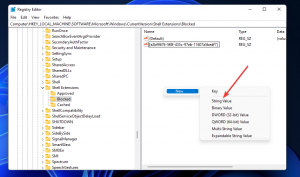
Step 1: Press ‘Windows + R’ keys on keyboard, type ‘regedit’ in ‘Run’ window and hit ‘OK’ button to open ‘Registry Editor’ and navigate to following path
HKEY_LOCAL_MACHINE\SOFTWARE\Microsoft\Windows\CurrentVersion\Shell Extensions
Step 2: Right-click ‘Shell Extensions’ and select ‘New > Key’ and name the key to ‘Blocked’
Step 3: Select the new Blocked Key. Now, right-click on empty space in right-pane and select ‘New > String Value’ and name the new string value to ‘{e2bf9676-5f8f-435c-97eb-11607a5bedf7}’
Step 4: Now, close Registry Editor and restart your computer. After restart, open Classic File Explorer and check if it works for you.
Conclusion
I am sure this post helped you on How to fix File Explorer lagging Windows 11 with several easy steps/methods. You can read & follow our instructions to do so. That’s all. For any suggestions or queries, please write on comment box below.
